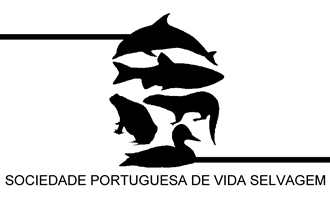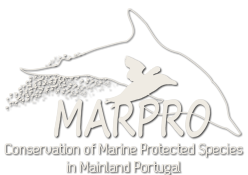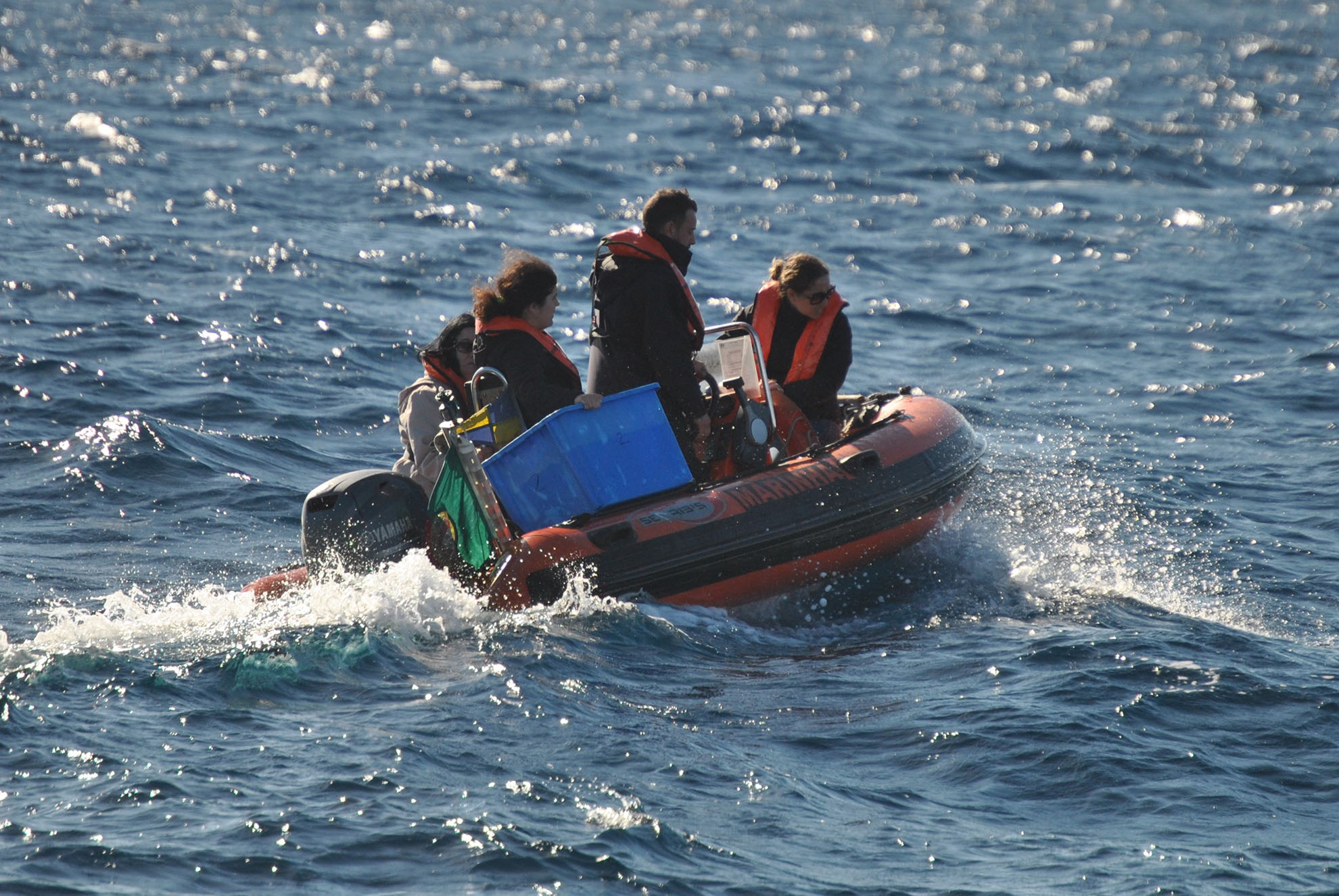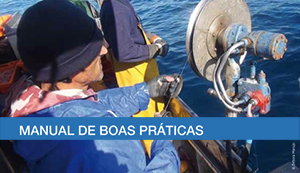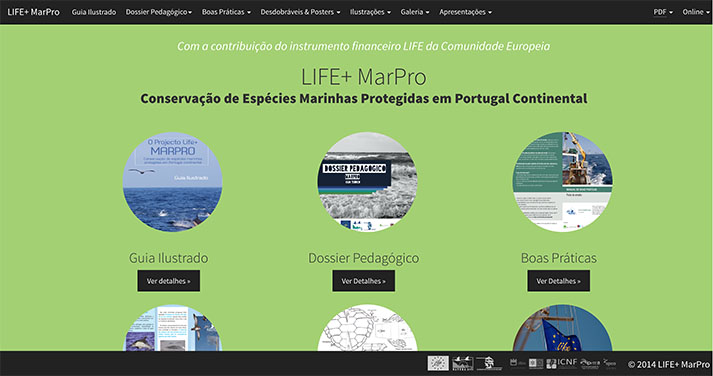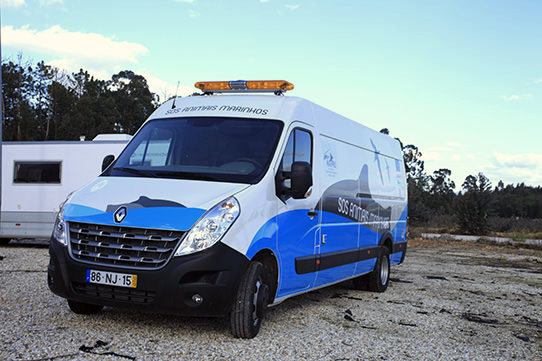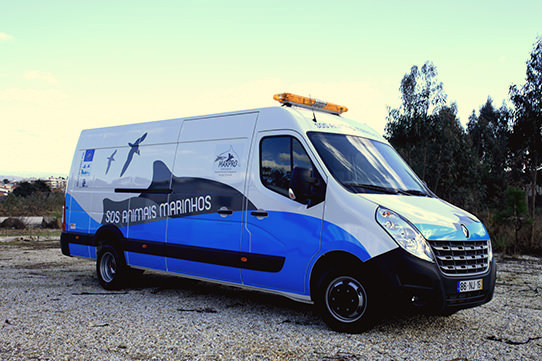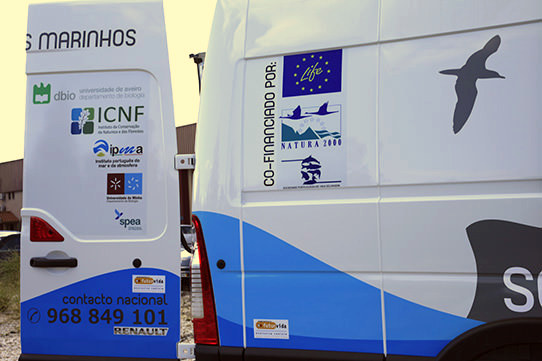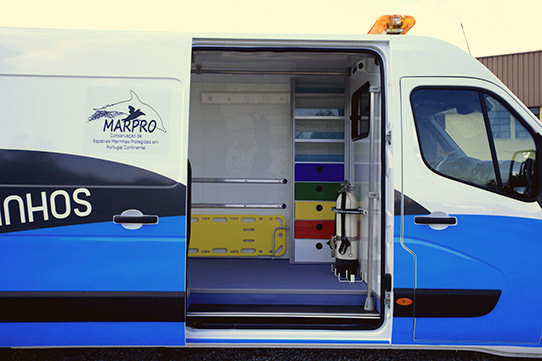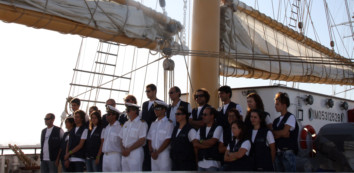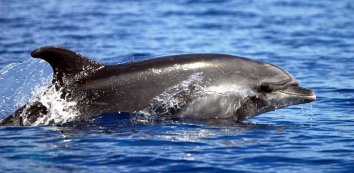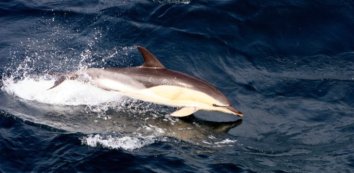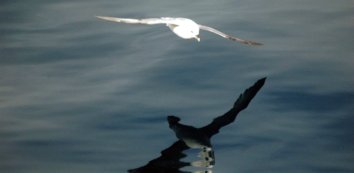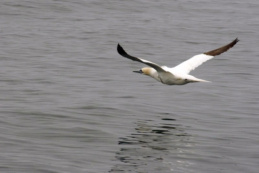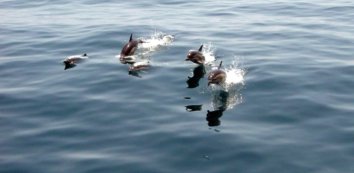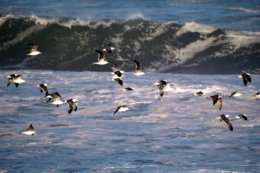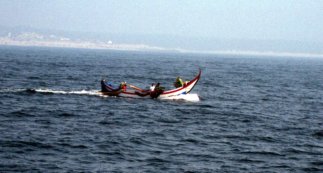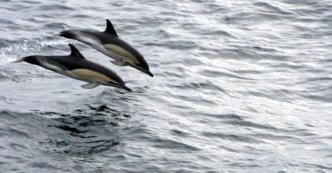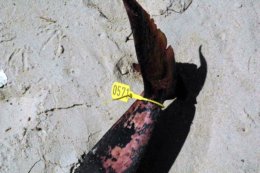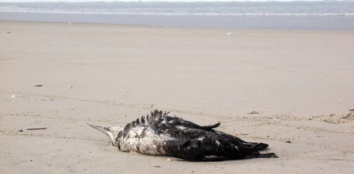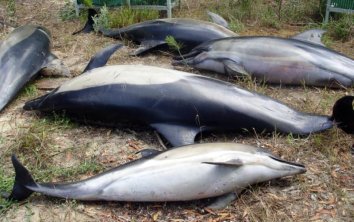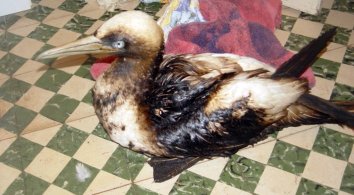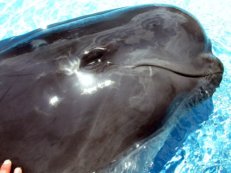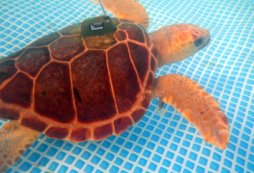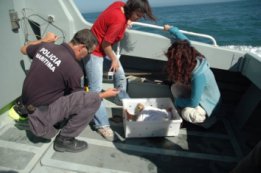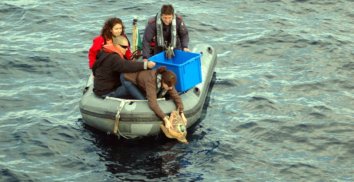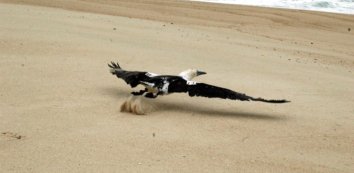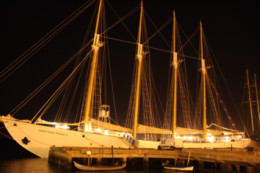On the 25th of November, after about two months of rehabilitation at CRAM-Q (Marine Animals Rehabilitation Center of Quiaios), a green turtle (Chelonia mydas) was released about 14 miles off Portimão. At the time of release, it weighted 8.47kg and measured 38.1cm of straight carapace length.

This animal was found by a fisherman on the 20th of September inside trammel nets on the Sado estuary. He promptly called the Setúbal Maritime Police which took care of the occurrence and contacted the ICNF (Institute for Nature and Forests Conservation), which in turn activated the CRAM-Q rescue team, that collected and transported the animal to its facilities.
To assess the animal's health a physical exam and several complementary diagnostic exams were performed (using equipments acquired by the Life+ MarPro). The analysis revealed lacerations in several parts of the body, dehydration and breathing problems. The X-ray scan, beyond a severe bronchitis, also revealed foreign bodies inside the intestine. Faecal analysis showed that the foreign bodies were of anthropogenic origin: plastic bag fragments; rings from plastic bottles; nylon threads, among others.
It took one month for all this material to run its course through the animal's digestive system, and only with the frequent administration of enemas.

It is important to remember that garbage at sea is a major problem for the animals that live there, not only turtles but also seabirds, cetaceans and many others, since it can compromise their survival.
We all have the duty of keeping the oceans "healthy", so a gesture as small as putting the garbage in the correct container can make all the difference.
Before the release a PIT Tag (microchip), and a satellite emissor with photovoltaic panels were placed on the turtle, which will frequently transmit informations that will allow the evaluation of the rehabilitation success and provide valuable data about the migratory route of this seldom seen species on Portuguese waters.

Acknowledgments
- Setúbal Maritime Police
- Portuguese Navy
- War-and-Sea-Captain and Chief of the South Maritime Department Paulo Manuel José Isabel
- Lieutenant-Captain André Cardoso de Morais
- The Crew of the vessel NRP “Hidra”
- Leonor Sardinha
Patient name: Mahalo
Species: Chelonia mydas (Linnaeus, 1758)
Cause of entry: Bycatch
IUCN Red List category: EN (Endangered)
Entry date: 20th September 2015
Release date: 25th November 2015
 Português
Português English
English
